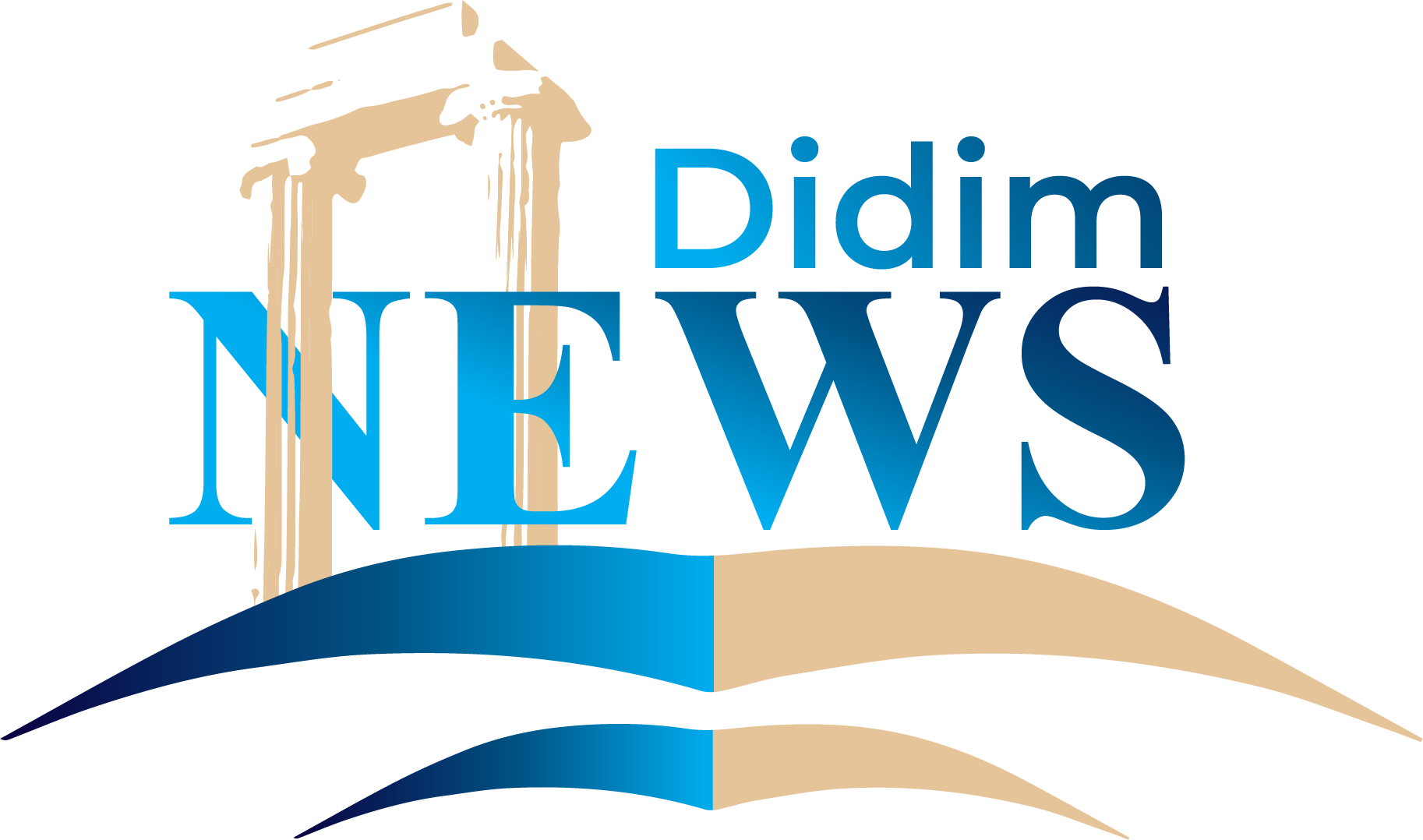Festivals of Ancient Didyma: A Historical Overview

The rich tapestry of ancient Didyma’s festivals is woven with threads of religious devotion, athletic competition, and cultural celebration. While the pre-300 B.C. festivals at Didyma remain largely shrouded in mystery, the evolution of these festivals provides fascinating insights into the religious and cultural life of the region. Here’s an exploration of the festivals at Didyma from their early days to their transformation under Roman influence.

Pre-Persian Festival Traditions
Before Persian influence reshaped the festival landscape, Didyma’s celebrations were primarily religious, centered around Apollo. These early festivals likely included processions, sacrifices, and ritual rites, with the possibility of integrating athletic and choral contests. The specifics of these pre-Persian rituals remain elusive, but their core was undoubtedly devoted to honouring Apollo through sacred acts and community engagement.

First Recorded Festival Reference
The first clear mention of a festival at Didyma dedicated to Apollo dates back to just after 300 B.C. While details are limited, this early reference indicates the importance of the festival to the god. A decree from 299/8 B.C. recognised Antiochus, the first king of the Seleucid Empire, for his contributions, suggesting he played a role in both the Milesian Dionysia and possibly Didyma’s festival. However, it remains uncertain whether the festival was specifically called “Didymea” due to gaps in the text restoration.

The Didymeian Festival: How It Began and Grew
Around 210 to 200 B.C., the people of Miletos officially created the Didymeian festival as a big athletic competition, similar to other famous Greek festivals like the Olympics. The event, held every four years, included athletic contests and aimed to bring together people from across the Greek world, making it an important celebration in the region.
The start of these games is confirmed by a stone inscription found on the island of Kos, dated to around 196 B.C. However, another inscription from Didyma suggests that the festival may have actually begun a bit earlier, before 200 B.C.

Key Developments in the Didymeian Festival
The Didymeian festival was a quadrennial event, marked by athletic contests, sacrifices, and artistic performances. Notably, Eudemos, a philanthropist, funded the sacrifice of an ox every four years, with additional contributions to other sacred rituals. The festival featured athletic competitions such as boxing, wrestling, and races, alongside artistic performances in tragedy and lyre singing. Some events were held in Miletos, others in Didyma, though the division of venues remains unclear. Victors were crowned with laurel wreaths and honored with statues in the sanctuary, particularly during the Roman imperial period.

Festival Structure and Participants
The Didymeia festival, especially after 200 BCE, turned into a large public celebration, known as a panêgyris, with a focus on athletic competitions and other events. The festival began with a procession and a grand sacrifice, where animals like oxen, sheep, and goats were offered to the gods. Afterward, there was a communal feast where everyone shared the food from the sacrifice, creating a strong sense of community. A chorus of girls from the twelve tribes of Miletos sang hymns to Apollo, adding to the festive and spiritual atmosphere of the event.

Kommodeia Addition
In the late 2nd century CE or later, the festival was renamed Megala Didymeia Kommodeia to honour Emperor Commodus. This renaming reflected a shift towards aligning the festival with imperial interests, particularly those of the Severan dynasty. The Milesian, Selandros successfully convinced the Roman authorities to grant tax exemption for the Didymeia Kommodeia. This exemption allowed the festival to thrive financially and increased its importance in Roman religious practices, further linking it to the imperial cult that honoured the emperor.

The festivals of ancient Didyma, from their religious origins to their grand Panhellenic celebrations and eventual Roman adaptations, reveal a rich history of cultural and religious development. These festivals not only honoured Apollo but also reflected the broader changes in political and social dynamics over the centuries. As the festivals of Didyma underwent significant transformations over time, they consistently exemplified the city’s profound commitment to its deities and its enduring significance within the broader context of the ancient Mediterranean world.
Acknowledgment
WE ARE deeply indebted to the seminal work of Joseph Fontenrose, particularly his monograph Didyma: Apollo’s Oracle, Cult, and Companions (1988), which has been an invaluable resource for understanding the festivals, rituals, and traditions of ancient Didyma. His meticulous research and profound insights into this subject matter have greatly influenced the content of this post. Fontenrose’s contribution to the study of Didyma remains unparalleled, and this blog seeks to continue the conversation he began.
The illustrations featured in this article are not real and all were generated using artificial intelligence technology.
















